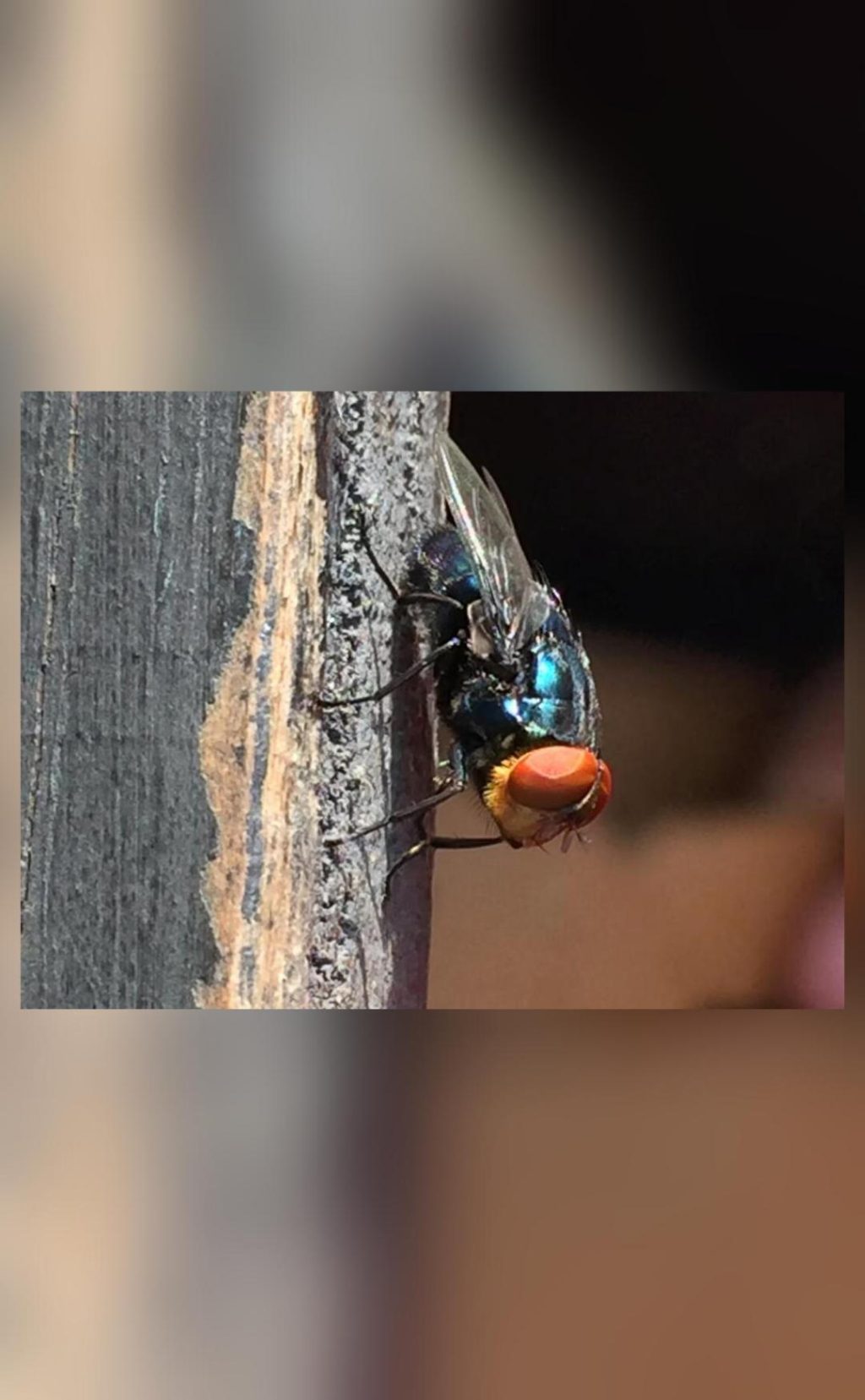
Why is US planning to breed screwworm flies & dump them from planes over Mexico?
In a peculiar plan to protect its beef industry, the US government is preparing to breed billions of male flies and dump them from planes over Mexico and southern Texas. The goal is to combat the flesh-eating larvae of the New World screwworm fly, a pest that has been causing significant losses to the country’s cattle industry. This unusual method of population control involves breeding male flies that have been sterilized with radiation, rendering them unable to reproduce with female flies and eventually causing the population to die out.
The New World screwworm fly (Chrysops atlanticus) is a species of fly that is native to the Americas and is known to infest the wounds of livestock, particularly cattle, horses, and goats. The larvae of the fly feed on the flesh of the animals, causing significant damage and even death. The United States has not had a significant screwworm problem in decades, thanks to a successful eradication campaign in the 1960s and 1970s. However, the fly has re-emerged in recent years, particularly in Mexico and southern Texas, where it has been causing significant losses to the cattle industry.
To combat this problem, the US Department of Agriculture’s Animal and Plant Health Inspection Service (APHIS) has launched a plan to release massive numbers of sterile male screwworm flies over Mexico and southern Texas. The goal is to mate these sterile males with wild female flies, resulting in offspring that will not be able to reproduce. Over time, the population of wild screwworm flies is expected to decline, reducing the threat to the cattle industry.
The plan involves breeding large numbers of male flies in a laboratory setting and then sterilizing them using radiation. These sterile males will be released from planes over the affected areas, where they will mate with wild female flies. The offspring of these matings will not be able to reproduce, as they will inherit the sterilized genetic material from their fathers.
The idea of using sterilized male flies to control insect populations is not new. This method, known as the sterile insect technique (SIT), has been used successfully to control the population of other insect pests, including the Mediterranean fruit fly and the Caribbean fruit fly.
The US government has been working on this plan for several years, in collaboration with the Mexican government and other international partners. The project has already received approval from the Mexican authorities, and the first releases of sterile flies are expected to take place in the coming months.
While the use of sterilized male flies may seem like an unusual method of population control, it has been shown to be effective in controlling the population of other insect pests. The SIT has been used to control fruit fly populations in several countries, including the United States, and has been shown to be a cost-effective and environmentally friendly method of pest control.
However, some critics have raised concerns about the potential risks associated with releasing large numbers of flies into the environment. There is a risk that the flies could mate with female flies from other species, potentially leading to the introduction of non-native species into the affected areas. Additionally, some people may be concerned about the potential for the flies to spread disease or cause other problems.
Despite these concerns, the US government and its international partners believe that the benefits of the SIT outweigh the risks. The plan is expected to reduce the threat to the cattle industry, while also providing a cost-effective and environmentally friendly method of pest control.
In conclusion, the US government is planning to breed billions of male screwworm flies and dump them from planes over Mexico and southern Texas to protect its beef industry from the flesh-eating larvae of the New World screwworm fly. This unusual method of population control involves breeding male flies that have been sterilized with radiation, rendering them unable to reproduce with female flies and eventually causing the population to die out. While there are some risks associated with this method, the benefits of reducing the threat to the cattle industry and providing a cost-effective and environmentally friendly method of pest control make it a worthwhile effort.






